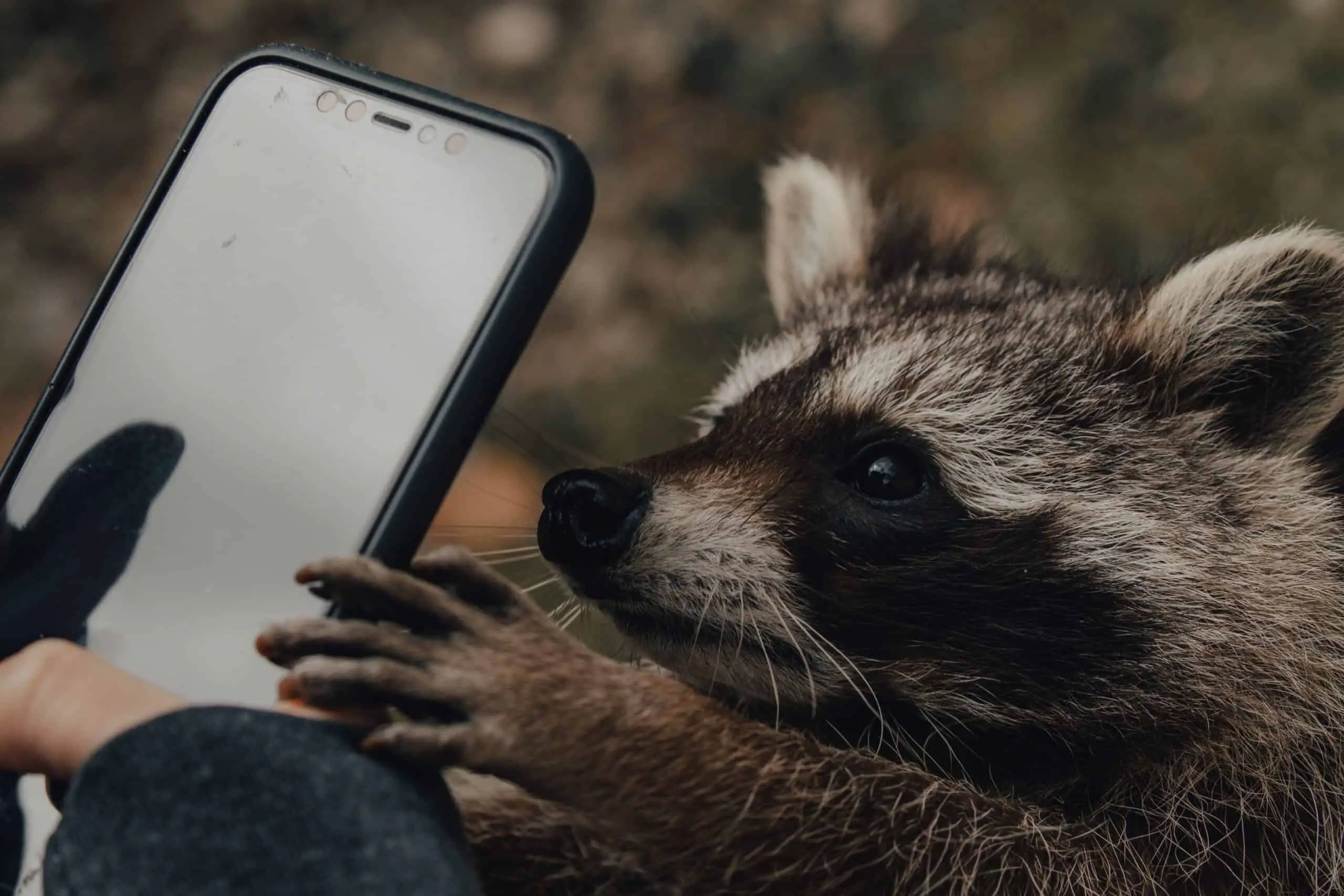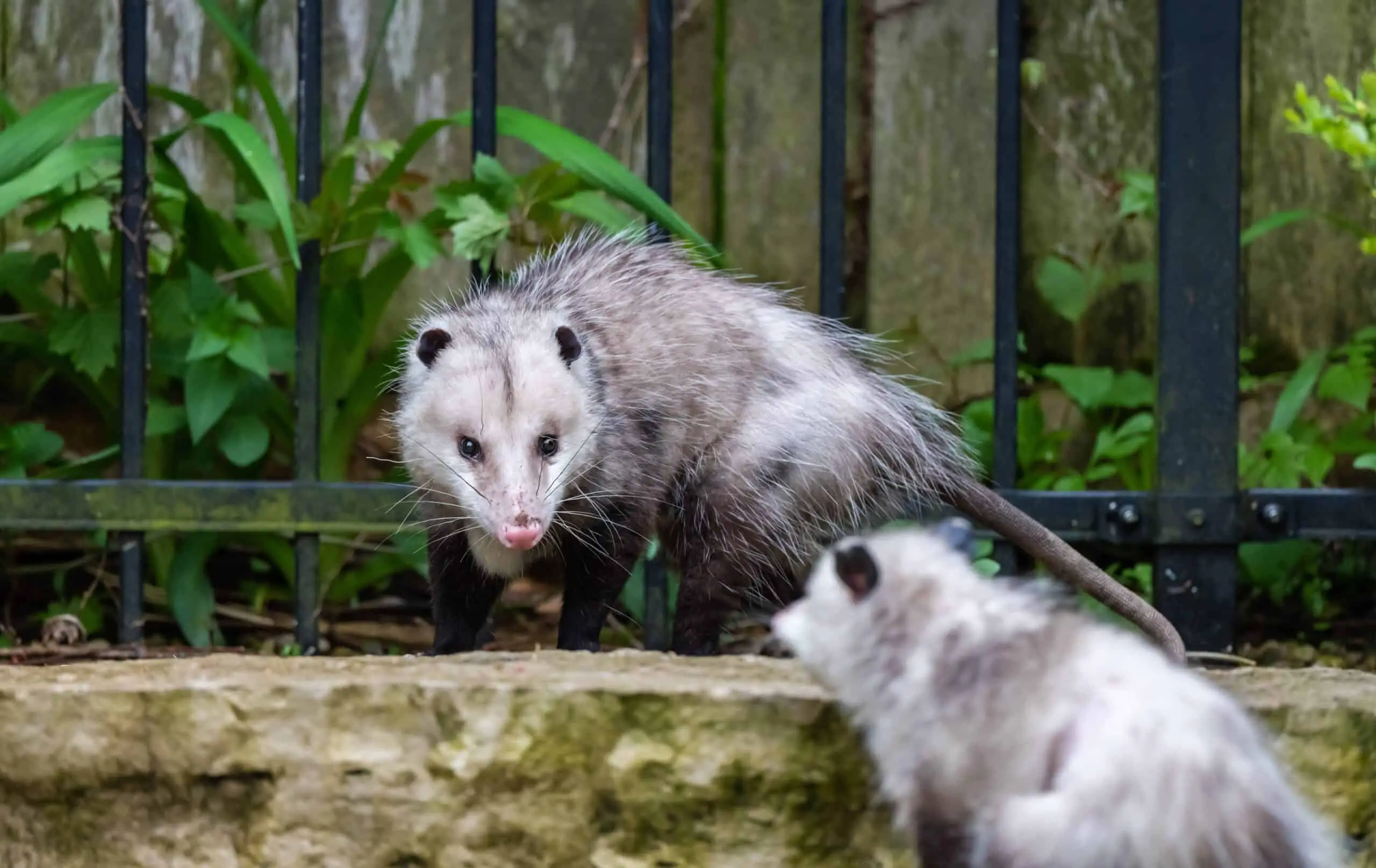Raccoons think they would be victims and conceal themselves from anyone or anything that approaches them. So, if you encounter an injured, sick, raccoon that has rabies, you have to be aware of some careful steps to be able to understand and help this affected raccoon. in today’s post you will learn How to help an injured raccoon; can a raccoon survive with a broken leg; what happens when a raccoon has rabies; and finally, what happens when a raccoon dies. In this article, you are going to find the solution to the mentioned questions while confronting an infected animal, usually a raccoon.
It is extremely sad to see an animal injured, sick, or having rabies in the wild.it is very common for animals to hide and become defensive while they are wounded or sick. Wild animals would never think that humans come to help them when they are injured. An injured animal sees everything as a threat. While being wounded, they almost think that they are vulnerable and that someone or something will attack them when they are not able to defend themselves, especially raccoons.
- Can raccoons be a good pet?
- The Complete List of What Raccoons Cannot Eat? 30 Things…
- Jewelry! Why Do Raccoons Like Shiny Things?
Is it okay to touch a raccoon?
It is not safe to touch raccoons for humans and as well the animal itself. They have sharp teeth, and in terms you are touching them they may not show good reactions. When they are feeling comfortable with you, it might cause them to come out of their comfort zone, get stressed, or even get afraid of you.
As a creation, they have their manner while we are getting close to them or when we are touching them. You could interrupt their natural manner. It is good to consider that as a creation they might feel stressed, and afraid when you touch them even if not necessary. So let them feel free and respect their emotions.

Can a raccoon be a good pet?
Can a raccoon survive with a broken leg?
It is obvious that raccoons also may face conditions that cause them to be injured or severely wounded, for instance, having a broken leg. To know that a raccoon has a broken leg or leg injuries you will see it bleeding, cannot walk properly, or even tries to hide from other animals and humans. It means that they require instant assistance.
A raccoon with a broken leg needs to rest. Most probably they will heal themselves as wild animals have a great potential to regenerate and heal themselves. If it is just a broken leg from under the skin without any infection, bleeding, or various, you necessary don’t need to help them. If they have other problems besides the broken leg you must inform a wild animal helper.
Also searched for: How to identify the sex of raccoons?
What does a sick raccoon look like?
As mammals, raccoons exhibit similar symptoms and illnesses as dogs, cats, and even humans. Types, ranges, and severity of the disease depend on the sort of infection. The most common diseases raccoons get are rabies, Canine Distemper, and Feline Distemper. Raccoons are known for having RVS (Rabies Vector Species), so it is important to understand the symptoms of infected raccoons. The below three symptoms are frequent among raccoons and cause death.

1. Rabies Vector Species (RVS)
Rabid raccoons usually appear to be lethargic and confused. However, a healthy raccoon moves consciously and observantly. An infected raccoon may stagger, move in a circle, or perhaps not move. While not only physical reactions are expressed by raccoons, behavioral changes are also noticeable, such as when a raccoon becomes extremely aggressive or may behave friendlyly with someone who approaches it. Moreover, infected raccoons become very sensitive to sound and light.
2. Canine Distemper (CDV)
While examining rabid raccoons, you have to be aware of certain types of symptoms, like Canine Distemper, which can impose pain and death on raccoons as well. Vomiting, diarrhea, labored breathing, coughing, and a high fever are also caused by CDV. Finally, it is inferred that nasal discharge (mucus on and around the nose), known as the overgrowth or hardening of the skin, particularly on the nose, is the most typical type of CDV sickness among raccoons.

feline distemper raccoons
3. Feline Distemper (FDV)
In addition, Feline Distemper(FDV) is another infection that may not be the least dangerous in this article, though it can cause death. The most well-known signs of FDV disease are depression, loss of appetite, foamy vomiting, and bloody diarrhea.
The three above-mentioned infections are the diseases that raccoons catch and express. Even though they cause death to raccoons and are infectious to humans, they have vaccines and are curable. The rabies type is treatable compared to CDV and FDV.
What are 3 signs that a raccoon has rabies?
When you find mammals that are infected, especially raccoons, do not touch them with your bare hands. All of these animals are considered rabies vector species. It means they are the most common type of mammals that transmit rabies to other animals and humans. Rabies is a kind of illness that spreads through animals’ mouth water and breaks into humans and other animals through contact with the nose, mouth, or eyes eventually causing death. If you face a sick raccoon, try not to have any contact with it and ask for help from responsible parties to take care of the raccoon. There are many ways to know if a raccoon is carrying rabies, but these three are the most typical signs that help you spot them.
- They become lethargic, while a healthy raccoon walks confidently and firmly. A raccoon having rabies can’t walk properly. Mostly this sign is mistaken as for a broken leg but it is rabbies.
- Infected raccoons usually stagger and stumble while moving and cannot move straight or walk in a circle. Just like a drunk person a raccoon who has been affected by rabies can’t walk properly.
- Rabid raccoons have paralysis in their legs and drag them during walking, and it is the most common type of symptom.

How to help an injured raccoon?
If an adult raccoon is injured, try not to help it because adult raccoons are extremely agile and can be aggressive, which would harm you and others, even injuring you. What is possible to do if there is no way left? If there is no possibility for the raccoon to be assisted and the raccoon requires immediate help, you may attempt rescue if there is no way left. Follow the steps below to help an injured raccoon.
1. Self-Protection:
Wear gloves. If you face injured mammals, especially raccoons, wear a thick pair of gloves, a thick jacket, and other necessary equipment that protects you from injury. Most raccoons not only attack during injury but also carry the rabies virus. Never use bare hands while assisting injured or sick raccoons; be pretty sure you should not be bitten, licked, or even scratched by raccoons.
2. Prepare a Container:
Get a firm box ready or animal carrier to gram the raccoon. A garbage can, plastic basket, and recycle bin will work well. Make sure that the animal container has a lid to close so that the raccoon not be able to skip out of it.
- Related: Do raccoons eat ice cream?
3. Capturing the time:
Approach the animal from behind and make sure the animal does not know; get a towel, drop the towel on the animal, cover its head, and immediately place it in the box. Try to seal the container after you drop the animal or raccoon in, and make sure that it cannot flee.
4. Transport:
To keep the animal or raccoon safe, keep it in a crate or box, and make sure not to skip. Place the animal in the container; do not keep it for a long time, e.g., overnight. Try to preserve the animal in the back seat, not in the monitor or trunk, and ensure that it is not scaping. and transfer them as soon as possible to the nearest pet hospital.
What happens when a raccoon dies?
Raccoons are the most recognizable mammals in Canada and North America. They live in forests, and you can find them in urban areas as well. Which means you will encounter them and even be in contact with them. Due to their expansion, you may encounter a dead raccoon around your home. If you face a dead raccoon inside your property or in your house, try to proceed carefully, and it is better not to touch it as a result of the coming risks.
1. Disease: Raccoons carry serious types of viruses, and most of them do not possess any kind of treatment or vaccine. The most common kinds of them are RVS, CDV, and FDV. Also, they carry roundworms that are risky to the human body, such as the liver, heart, lungs, brain, and eyes.
2. Other Animals: Death raccoons may attract other animals and will contact animals around them. If you face a dead animal outside, it is better to call animal control and use severe caution when approaching.
3. Regulations: Some states have particular rules for removing a dead animal from your property, and if you face such an occasion, try to follow the guidelines for releasing dead animals.

Dead raccoons – The Hull Truth – Boating and Fishing Forum
FAQ
1. What does a sick raccoon look like?
Usually, sick raccoons may have completely strange behaviors. For example, they might become aggressive and want to hurt you, or they may become so friendly that even you cannot predict their behavior while they are sick.
2. Do raccoons feel pain?
Yes, of course, they are also living beings and have nerves that control their movement and activity. When they are injured or sick, they feel extreme pain in their bodies.
3. How do you save a raccoon?
There are many ways to save an injured or sick raccoon, but before helping them, make sure to follow the safety principles to not be infected or injured by them, because during injury or sickness, the majority of raccoons become aggressive and hurtful.
4. Is it OK to touch a raccoon?
No, it is a bad idea. Raccoons are the source of viruses that cause death when humans and animals are infected. Though some people have raccoons as pets, it is safe to stay away from sick or injured raccoons.
- Related: Do raccoons eat ice cream?
Conclusion
To conclude, raccoons are very common wild species that are found mostly in North America and Canada, and due to their characteristics and vulnerability to specific types of diseases such as Rabies Vector Species, Canine Distemper, and Feline Distemper, if a raccoon possesses any of them, they may end up dead. Also, raccoons are found everywhere, and you may face a sick or injured one around your property. Try to avoid having contact with them.
Even if there is no option left without helping and saving them, try to wear safety clothes and necessary equipment to protect yourself from infection and even being scratched by them. Last but not least, raccoons are the source of the rabies virus and may pass on this type of disease to humans and other animals near them, which can lead to death. To sum up, if a raccoon is dragging its leg, stumbles, or even looks lethargic, stay away from them and call for immediate help from an animal control center near you.


